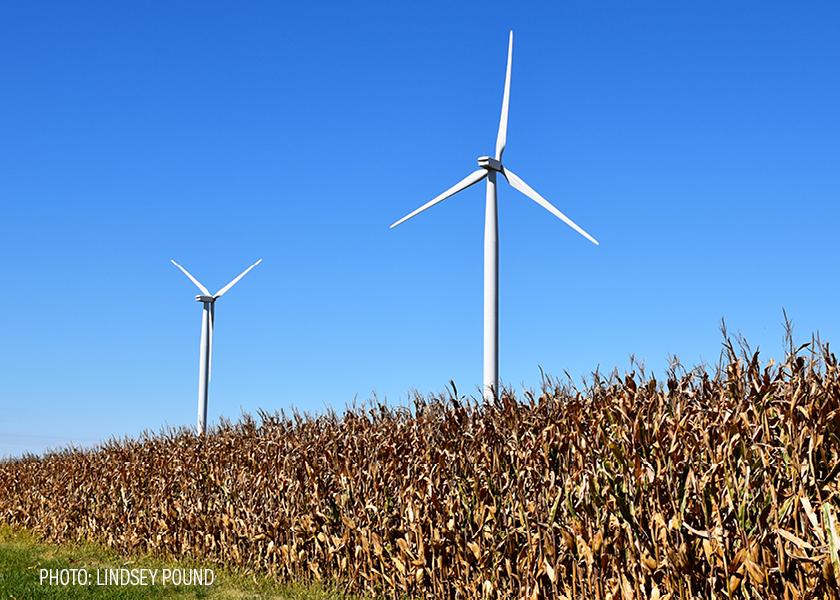Biden Administration Announces $11 Billion for Rural Clean Energy Projects

Rural electric cooperatives, utilities and other energy providers will soon be able to apply for nearly $11 billion in grants and loans for clean energy projects, the Biden administration said on Tuesday. The funding comes from the $430 billion Inflation Reduction Act signed into law last August.
Expanding clean energy to rural communities is critical to meeting the administration's goal of net-zero emissions by 2050, officials told reporters on a Monday press call.
"This is an exciting and an historic day and continues an ongoing effort to ensure that rural America is a full participant in the clean energy economy," said Agriculture Secretary Tom Vilsack on the call.
Rural electric cooperatives will be eligible to apply beginning July 31 for $9.7 billion in grants for deploying renewable energy, zero-emission and carbon capture systems, USDA said.
Renewable energy developers and electric service providers like municipal and Tribal utilities will be eligible to apply beginning June 30 for another $1 billion in partially forgivable loans for financing wind, solar, geothermal, biomass and other renewable energy projects, USDA said.
On the call with reporters, White House advisor John Podesta said the money would bring good-paying jobs to rural communities and National Climate Advisor Ali Zaidi said the investment would be a "game-changer."
The new funds will help rural electric cooperatives reach parity with private utility companies who have already begun significant investment in clean energy, Vilsack told reporters.
"We have a climate crisis that requires all of America to participate in reducing emissions to get to the net-zero future," Vilsack said.
Rural electric cooperatives serve 42 million people and draw about 22% of their energy from renewable sources, according to the National Rural Electric Cooperative Association.
(Reporting by Leah Douglas; Editing by Stephen Coates)







